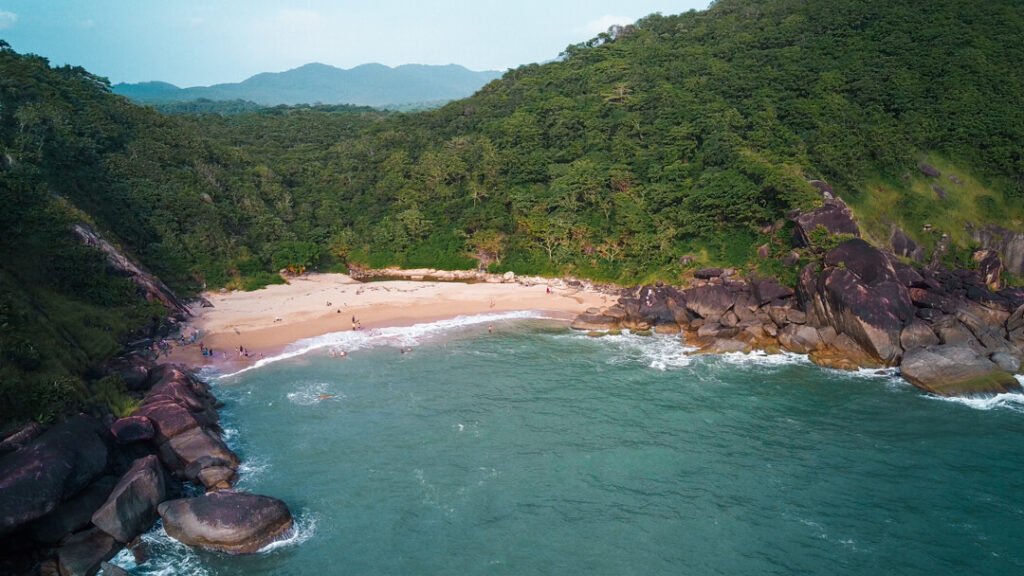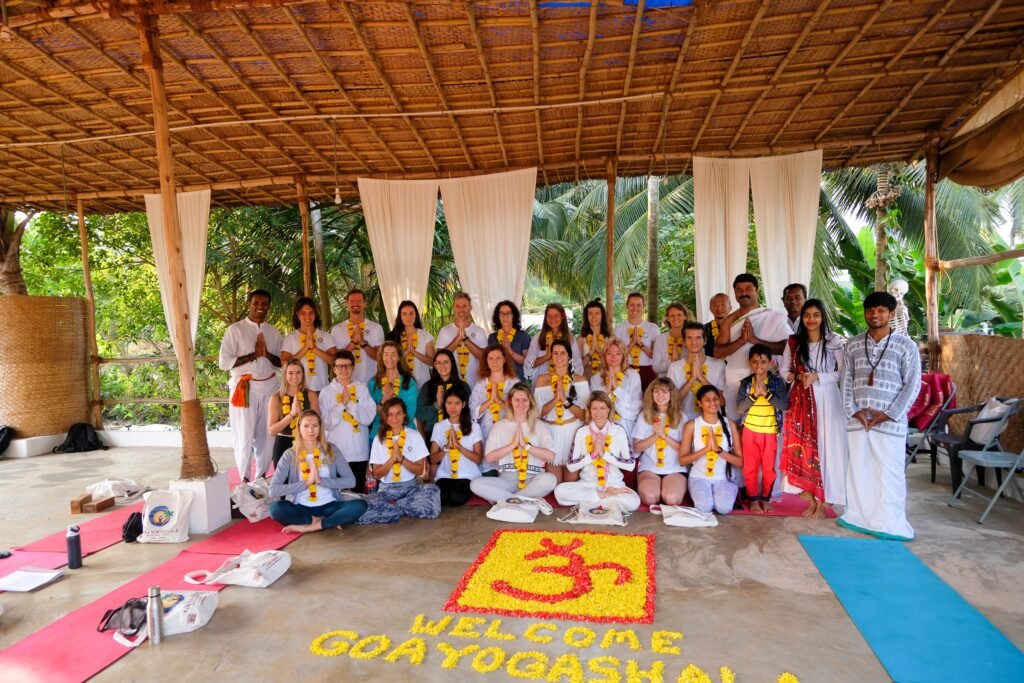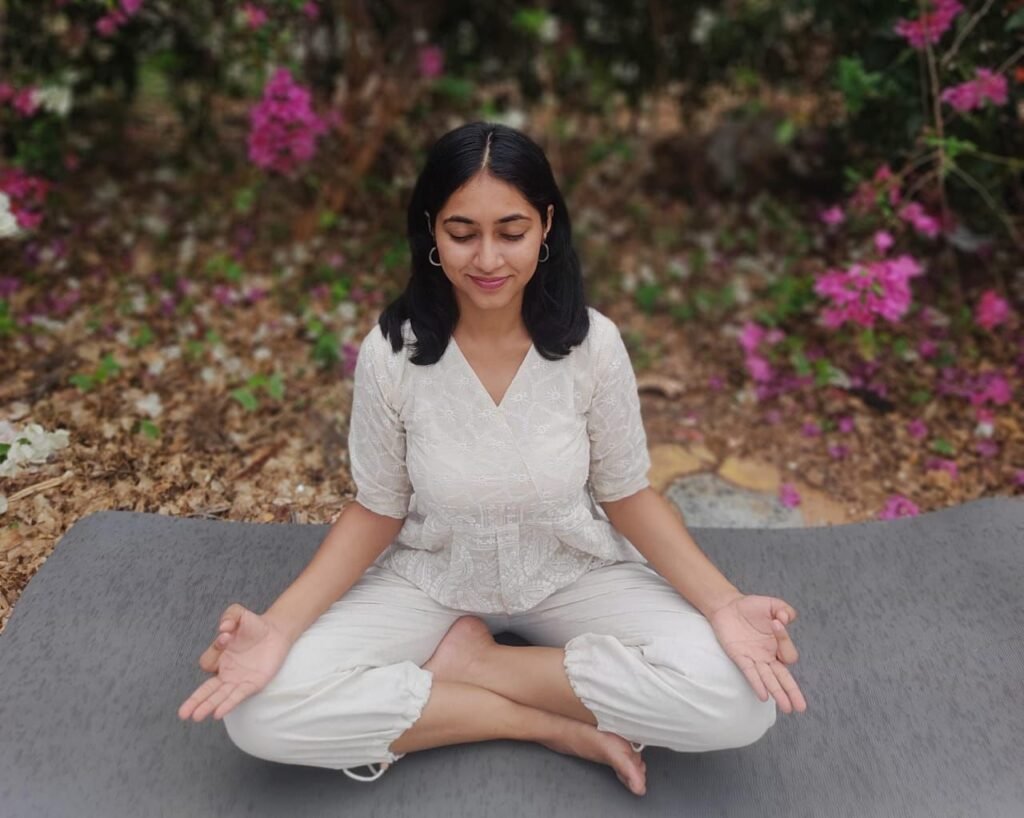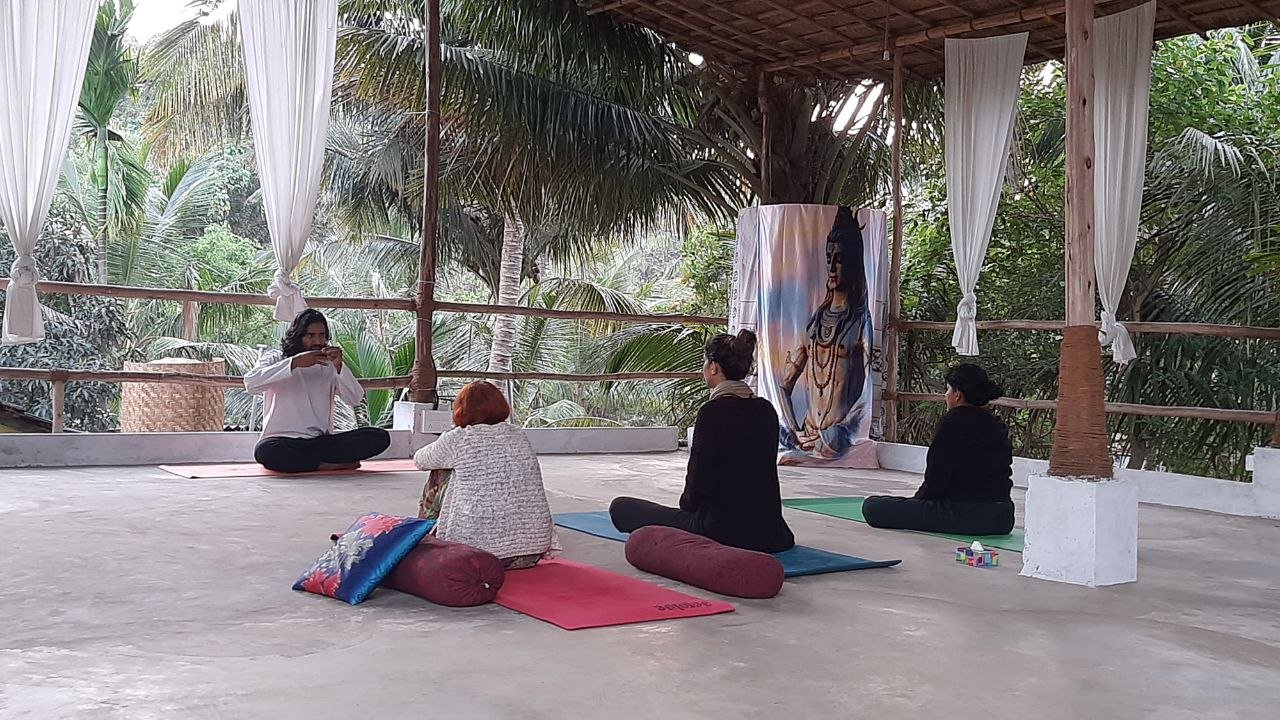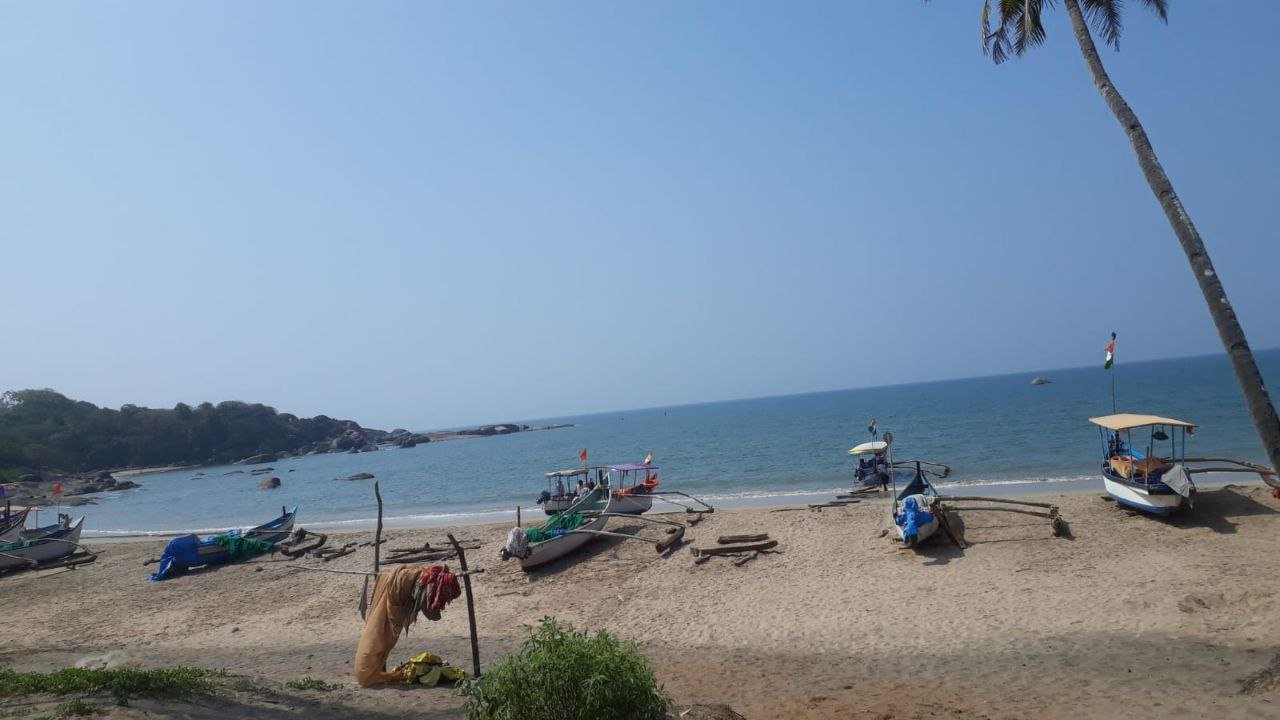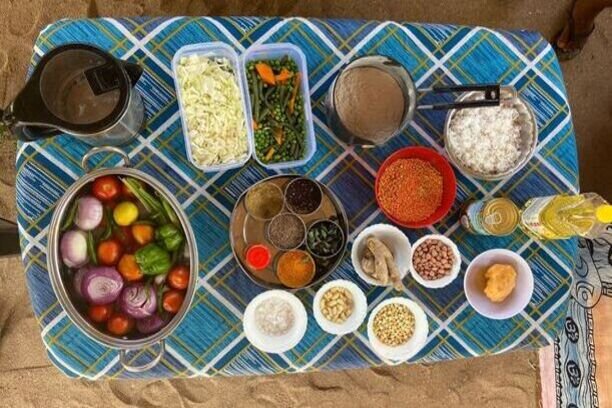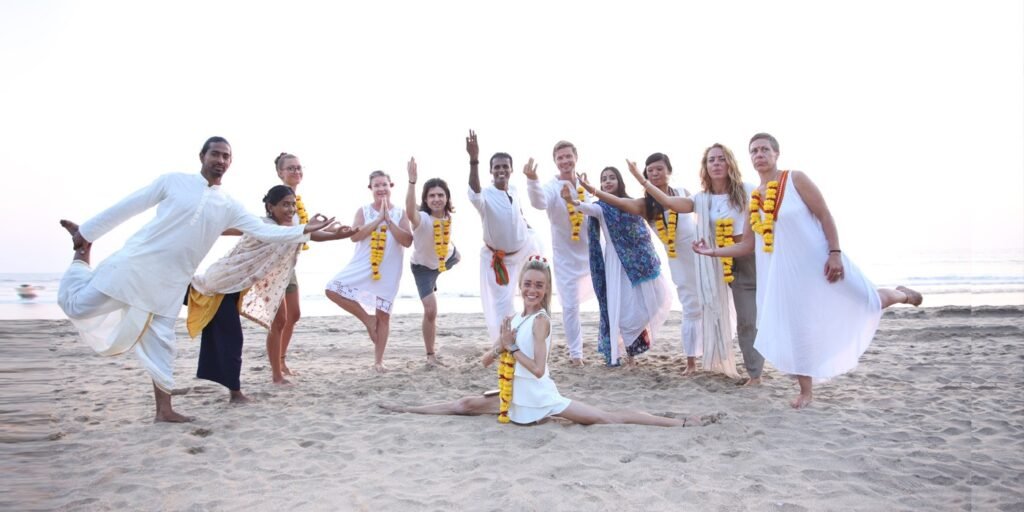When you think of Goa, your mind will automatically drift to sun drenched beaches, swaying palm trees, vibrant nightlife, and celebrations vibes. While these are some of the major highlights about Goa, there are also other interesting facts which makes this coastal gem a unique destination in India. It is located on the western coast of India along the Arabian Sea and is a rich mosaic of culture, architecture, food, history, spirituality, and nature. More than a party destination, it is a place where the East meets the West with a contrast of colonial churches and temples, yoga retreats and beach parties, beachside street food and Michelin star menus.
If you are planning your trip to Goa, make sure to visit beyond the famous places and explore the underrated spots to actually understand the culture of the state. Interact with the locals to know some facts about Goa and what really made this paradise a world-famous destination. In this blog, you will get insights on 10 interesting facts about Goa, which will help you to explore it with a fresh perspective.
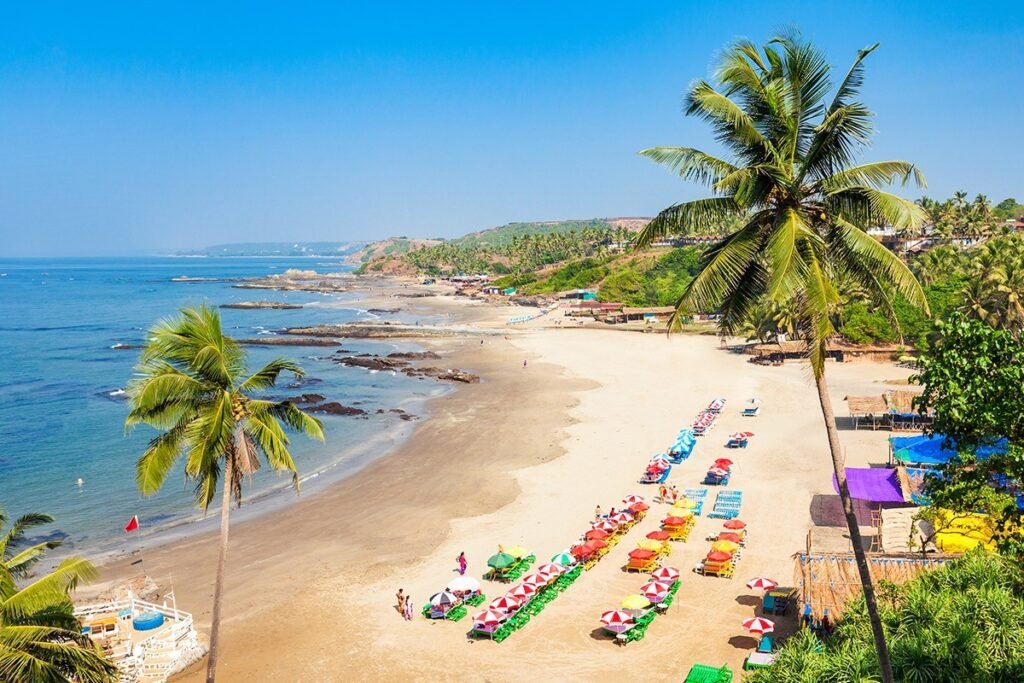
Quick Interesting Facts About Goa
Here are some quick and interesting facts about Goa:
- 🏖️ Smallest State, Big Vibe: Goa is India’s smallest state by area but one of the most popular tourist destinations.
- 🌴 Over 100 Beaches: From party hubs like Baga to serene shores like Agonda, Goa boasts a vast range of beaches.
- 🕍 Portuguese Heritage: Goa was a Portuguese colony for over 450 years — you’ll see it in the architecture, food, and churches.
- 🍛 Distinct Cuisine: Goan food blends Indian and Portuguese flavors — think spicy vindaloo and seafood curries.
- 🎉 Festival Central: Known for Sunburn Festival, Goa Carnival, Shigmo, and vibrant New Year’s Eve celebrations.
- ⛪ UNESCO World Heritage Site: Old Goa is home to stunning churches like Basilica of Bom Jesus, a UNESCO site.
- 🧘 Wellness Haven: Goa offers top-notch yoga retreats, teacher trainings, and Ayurvedic wellness centers.
- 🐢 Olive Ridley Nesting Ground: Certain Goan beaches are protected turtle nesting zones.
- 🍻 Cheap Alcohol: Due to low excise duties, alcohol is significantly cheaper in Goa than most Indian states.
- 🚲 Scooter Culture: The best way to explore Goa is by renting a two-wheeler — it’s affordable and fun!
Biodiversity Hotspot with One-Third of Lush Forest Land
You might think of Goa as a shimmering, sandy beachside destination with oceanfront parties and colorful flea markets. While all of that is true, the beauty of Goa goes beyond the surfboards and also lies on a side where you can listen to the symphony of birdsongs, jungle streams, and rustling leaves. This coastal paradise has more than 33% of the land covered with forest areas, which also makes it a lush green oasis full of life.
The forests of Goa are incredibly abundant in flora and fauna and have a breathing biosphere that is home to over 300 species of birds, 100 species of mammals, and 60 species of reptiles. Over 20% of Goa’s land is the part of the majestic Western Ghats, which are recognized by UNESCO World Heritage. They are mentioned as one of the 8 hottest biodiversity hotspots in the world.
The forested areas in Goa are not just protected but some of them are also open for exploration and responsible traveling. There are wildlife sanctuaries like Bhagwan Mahaveer Wildlife Sanctuary, Bondla Zoological Park, and Mhadei Wildlife Sanctuary, where you can take guided treks and be a part of this immersive experience. Dudhsagar waterfalls is one of the tallest and most beautiful waterfalls in India and is tucked in these forest reserves. Trekking here is extremely popular, especially after the monsoon when the fall is in its maximum roar. The forests of Goa are important for the climate of the state as well as the agricultural practices.
Local tribes and indigenous communities have their home in these dense forests for centuries and they use ecological knowledge to sustain the land and their traditions. Goa’s green side is a stunning haven waiting to be discovered. Whether you are an adventurer, curious explorer, or just a nature lover, these mist-covered forests in the coastal state act as an untamed beauty for your overall experience.
Goa was Ruled by Portuguese for over 450 Years
When you wander through the sunlit streets and whitewashed churches of Goa, you are not just entering a tropical haven but also stepping into the living chapters of European history in South Asia. Goa was ruled by the Portuguese from 1510 to 1961, for over 450 years, which is one of the longest held European colonies across the globe. The Portuguese stepped on the Western coast of India during the Age of Exploration in 1510, when the admiral of Portugal Afonso de Albuquerque seized Goa and established Bijapur Sultanate as the capital of Portuguese India. Over the course of time, this small region became an important hub for the global trading network which connected Europe with the Middle East, Far East, and Africa.
Today, the legacy of Portuguese rule lives on each corner of this tiny state of India as a breathing part of the everyday lives of locals. The architectures, languages and surnames, festivals, and food cuisines are some living examples of this age-old legacy in India. Goa remained under Portuguese territory for 14 more years even after the independence of India in 1947. The liberation of Goa was majorly bloodless and the changes were welcomed by the locals. This legacy of Portuguese culture is preserved, celebrated, and lived by the Goans as well as by several international explorers.
Goa’s Linguistic Landscape includes Portuguese as well as Konkani
The language of Goa is as colorful as its culture. The official and widely spoken language of the state is Konkani, despite English and Hindi being commonly spoken around tourists. Konkani is a vibrant and melodic language with Sanskrit roots. Along with this, you can experience the fusion of Portuguese language which brings a unique linguistic fusion. The intertwining of the two languages leaves an influential mark on the state’s literature, music, as well as legal documents. There are several folk songs, Tiatrs, and Catholic Hymns which are prepped with the Portuguese expressions and are written in Roman script.
There are some historical documents from the colonial era which are preserved in the Portuguese language, making it an important part of the archival heritage of the state. Many private schools, cultural organizations and institutes provide Portuguese language classes for helping young Goans to connect with their roots. Goa is one of the most linguistically diverse states in India and the fluidity between these reflects the cosmopolitan identity of the state. Goa’s languages are not just casual means of communication, it is also a living tradition of collective memory, culture, and history.
The Only Traditional Latin Carnival in India is hosted in Goa
Carnival celebrations are not only reserved for Latin Americans or Europeans. In India, Goa attracts its global visitors for a spectacular celebration called Goa Carnival, which is a vibrant Latin-inspired festival. Unlike the other festivals in India, this carnival retains the Western Christian roots and has now become an inclusive celebration to bring together individuals of different religions and backgrounds. This celebration is a reflection of the syncretic culture of Goa where the Indian exuberance and western charm exists together.
The Goa Carnival is a 4-day extravaganza held in February or early March. This annual celebration takes over all the streets of Panaji, Vasco, Mapusa, and Margao, where the atmosphere becomes energetic and colourful. The King Momo’s arrival, different Costumes and Masquerades, Music and Dance, Feasting on the local flavours and Grand parades on the streets are some of the activities that make the Goa Carnival interesting.
While the entire festival is rooted in the Christian traditions, people of all religions are welcomed happily to celebrate. Goa’s version of a Carnival is more intimate and culturally diverse than the other countries and is not just for the sake of attracting tourism. The joy and creativity celebrated during the festival represents a deeper message to let go of the worries in life and living fully.
Goa has Higher Literacy Rate than Most States in India
Goa’s powerful achievements include it being one of the most literate and progressive states in India. With over 88% literacy rate, Goa stands above the national average and depicts dedication towards growth opportunities, learning and intellectual curiosity. Education for the locals in Goa is not just the step for employment but is about the deep value which weaves the cultural fabric of this coastal state. During the 16th century, Portuguese missionaries started the formal schooling systems in Goa, which included religious seminars, latin grammar schools, and schools that taught European sciences as well as arts.
During the 18th and 19th century, the locals of Goa, especially from the Christian community were fluent in Latin and Portuguese along with proper access to western inspired education. The multilingual nature in Goa is one of the most unique aspects in its education system. Young locals here study Konkani, Portuguese, English, Hindi, and Marathi as well. For explorers and visitors, Goa must feel like a relaxing place to unwind, but it is also a region for better education and intellectual understanding. The higher literacy rate in the state has also played a crucial role in bridging the gaps between social and gender inequality. So, education here is considered as a great tool for empowerment and career growth.
Goa is Home to over 7000 Licensed Bars with a Relaxed Drinking Culture
The images of cocktails by the beach, neon-lit beach clubs, and vibrant nightlife often conjures the reputation of Goa being India’s party capital. Goa has over 7000 licensed bars, which is one of the highest densities of licensed bars in India. The reason behind so many bars in Goa are the low alcohol tax, demands by the tourists, liberal policies of license, and a major influence of Portuguese culture.
Despite this number, the drinking culture in the entire state is extremely low-key and chill rather than chaotic and loud. Goa takes pride in creating specific spaces which encourage great conversations, connections, and community over drinks. It is not about getting drunk but about storytelling, sharing moments with others, and unwinding yourself.
There are several family-run taverns, beach bars, and spaces with live music which ranges from budget-friendly options to luxurious spaces. The ambience in which the drinks are enjoyed sets Goa apart from other states in India. Unlike other parts across the world, here you can expect a slow and more intimate experience while drinking. Bars in Goa are not just for the drinks, they are the bridge between strangers and a dip into the history of the state. Here, the bar culture invites you to savor life with one sip at a time.
A Wellness Haven to Heal and Transform
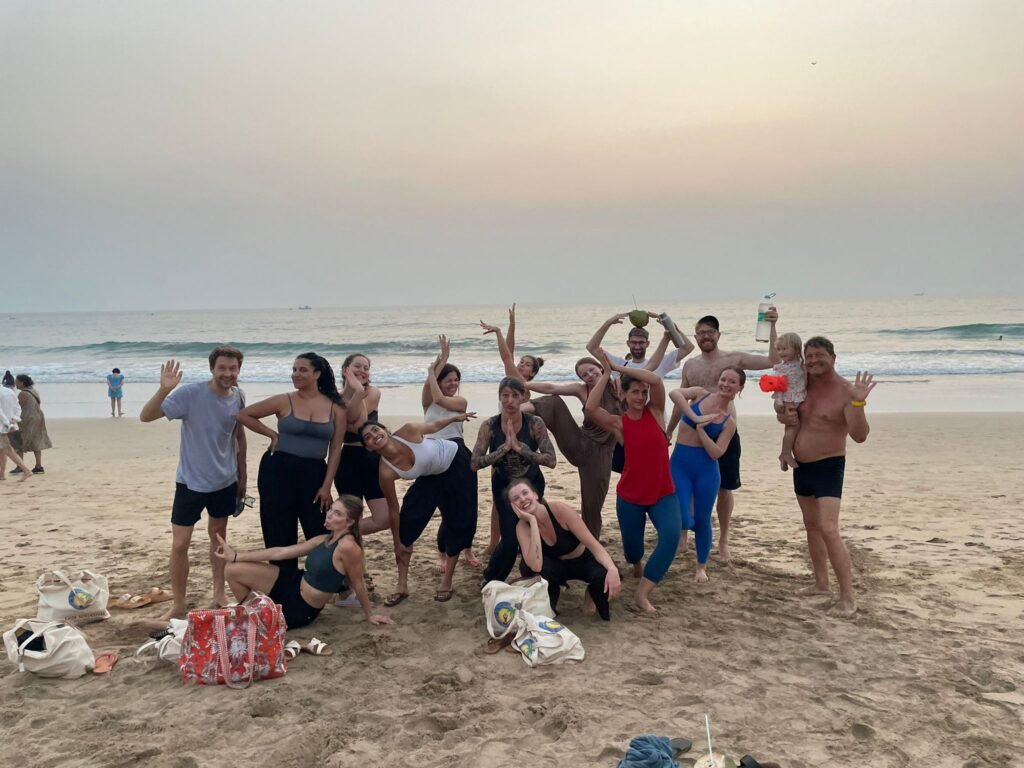
Apart from the shimmering beaches and moonlit nightlife, there is also a different side of Goa where the rhythm is by the ocean waves and temple bells. Popular worldwide for its celebrations and loud DJ nights, this coastal state is also one of the most preferred destinations for holistic healing, overall transformation, and spiritual awakening. For the last two decades, Goa has emerged as a global wellness epicentre for numerous individuals. Today, the state is full of healers, yogis, teachers, and spiritual seekers from across nations, who are here to go deeper into understanding the purpose of their lives.
Goa’s beaches hold more than just sunbathing spots and have become peaceful spaces for inner-discovery and enlightenment. You can also visit the bohemian village of Assagao where the colonial villas are now transformed into different yoga schools providing globally certified yoga teacher training programs. In the North, visit Arambol for a beautiful mix of spiritual seekers along with yoga enthusiasts. They offer several drop-in yoga sessions, different workshops, community circles, and satsang evenings for better meditation.
Agonda, Canacona, and Palolem in South Goa are best for attending yoga retreats surrounded by the stunning sea and swaying palm fringes. These yoga retreats include daily asana practice by the beach, vegan three course meals, guided meditation and pranayama practices, and other holistic workshops for nourishing your body and soul. You can also explore different yoga schools led by highly experienced yoga teachers who follow the authentic lineages of yoga styles like Hatha, Kundalini, and Ashtanga yoga.
With practicing yoga daily, Goa is also known for providing comprehensive healing with the help of Ayurveda. This is India’s oldest system of medicine that helps you to relax and detoxify your body. If you want the full-fledged Panchakarma treatment or a relaxing Abhyanga massage, there are highly skilled therapists and ayurvedic doctors who practice amidst the lush surroundings in Goa. These ayurvedic therapies are provided to you according to your body’s constitution, so that you have the maximum benefits from it. Ayurveda is more than a tourist luxury and is a journey for personalized healing to live a mindful life.
Goa Celebrates Two Independence Days
While India became an independent country on 15th August 1947, Portuguese refused to give up the control of Goa for another 14 years. This is the reason why Goa celebrates two independence days, one on 15th August and second on 19th December every year.
The European colonial presence in Goa began in 1510, when Goa was seized by the Portuguese Empire. Ruling for over 450 years, Portuguese controlled Goa, Daman and Diu. The liberation struggle of the freedom fighters in Goa are less known globally, but it was extremely powerful on its own. There were several activists, students, common citizens, and poets who resisted Portuguese rule through protests, civil disobedience, and underground movements. There were many Goans who were exiled or imprisoned for life, like Ram Manohar Lohia and Tristao de Braganca Cunha, who were the key figures during the protests.
Operation Vijay was launched by the Indian Armed Forces on 17th December 1961, after all the failed diplomatic negotiations for colonial rule. This operation was a coordinated action by the Air, Naval, and Ground forces to free Goa. Within 36 hours of the operation, the Portuguese surrendered and on 19th December 1961, Goa was officially declared free and a part of the Indian Union.
So every year, 19th December is celebrated across the state as the Goa Liberation Day. Different ceremonies, celebrations and parades are held in every corner of the state to honor the freedom fighters who made this liberation possible. This is why Goa celebrated its independence twice every year with the same energy, gratefulness, and passion.
Some of the Oldest Rocks are found in Goa
Before Goa became famous for its shimmering beaches and colorful vibes, the state was already historical for holding some of the oldest rocks across the Indian subcontinent.
Goa quite literally made history on a geological scale by cradling a portion of the earliest crust of Earth and providing a rare sight of the initial origins of the Planet. Between the dense forest of Molem and Anmod and on the way to the Karnataka border, there is a region which has great geological significance. This part of Western Ghats consists of rocks that are more than 3.6 billion years old. It is so interesting that these rocks were formed approximately a billion years before life on Earth began to evolve.
The primordial rocks in Bhagwan Mahavir Wildlife Sanctuary predates the dinosaurs, oxygen-based life and even the Himalayas. For explorers who are interested in knowing about evolution, science, or history, then Goa’s forests and Western Ghats region are perfect for you to step on a journey about Earth’s deep past. Understanding this whole other dimension of natural history and human history of billions of years is extremely rare and worth giving a try.
So next time you decide to explore Goa differently, walk through the lush areas of Western Ghats and experience standing on the rocks that stood before the Himalayas were born.
Goa is the only State to Legalize Two-Wheeler Taxi Services
Goa has legalized motorcycle taxis where the riders are called pilots. This service is woven into everyday life of locals as well as tourists for conveniences and is a budget-friendly mode of transportation. Goan pilots are licensed and authorized by the transport department of the state. They have been professional riders for years and are familiar with every hidden alley, scenic byways, and shortcuts. If you are heading towards the beach, market, or a cafe, the two-wheeler taxi services are the best option to consider. They are extremely cost effective, tourist friendly, and have low environmental footprint, which helps the state to maintain sustainable living.
Riding with a two-wheeler pilot is not just about transportation but it also gives you insights about the life of the local crowd. Many pilots are comfortable in chatting, offering directions, and suggesting underrated places so that you can explore Goa deeply. They reflect independent spirit and a laid back efficiency which also defines the character of the state. In a world that is moving towards online ride-hailing apps and impersonal algorithms, the two-wheeler taxi culture in Goa is extremely human and a convenient way to travel around the state.

